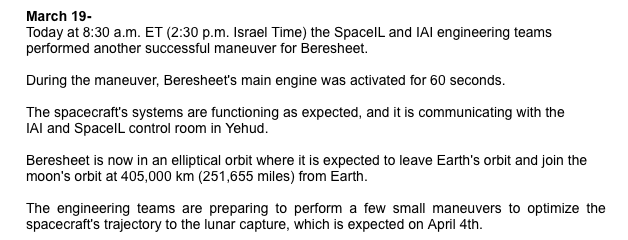Lunar mission "Bereshit" - the fourth maneuver is completed successfully, preparations are under way to enter the lunar orbit

Less than 23 days (± a few hours) remained before the landing of the Bereshit apparatus on the moon, March 19, 2019 reached orbit with an apogee of 405,000 kilometers, ahead of testing onboard systems, complex Lunar maneuvers and hours of anxious waiting before landing.
Previously published materials about the mission "Bereshit":
1. Lunar mission "Bereshit" - an online portal with a simulator trajectory and monitoring of current flight parameters .
2. Moon mission “Bereshit” - selfies against the background of the Earth .
')
3. Moonlight mission “Bereshit” - the engineers at the SpaceIL and Israel Aerospace Industries (IAI) MCC solved the problems that had arisen .
4. Lunar mission "Bereshit" - the characteristics of the apparatus, a series of maneuvers and the longest journey to the moon .
2. Moon mission “Bereshit” - selfies against the background of the Earth .
')
3. Moonlight mission “Bereshit” - the engineers at the SpaceIL and Israel Aerospace Industries (IAI) MCC solved the problems that had arisen .
4. Lunar mission "Bereshit" - the characteristics of the apparatus, a series of maneuvers and the longest journey to the moon .
The main characteristics of the mission and lunar apparatus "Bereshit":
- the beginning of the mission: February 22, 2019;
- the planned end of the mission: landing April 11, 2019, loss of communication with the device April 14, 2019;
- the trajectory of movement to the moon (in fact - the maximum of the possible): complex, changeable by performing a series of maneuvers (turning on the engines for a few seconds or even minutes) to increase the apogee of its elliptical upholstered after each turn around the Earth.
- the height of the Bereshit apparatus is about 1.5 meters, the diameter is 2 meters (2.3 meters between the landing supports);
- weight 530 kilograms with fuel (fuel weight - 380 kg), 150 kg without fuel;
- main engine: modification LEROS 2b;
- the main element of the on-board computer: Gaisler HiRel GR712RC dual-core processor;
- six 8-megapixel cameras Imperx Bobcat B3320C with Ruda optics;
- scientific instruments: magnetometer, an array of laser corner reflectors.
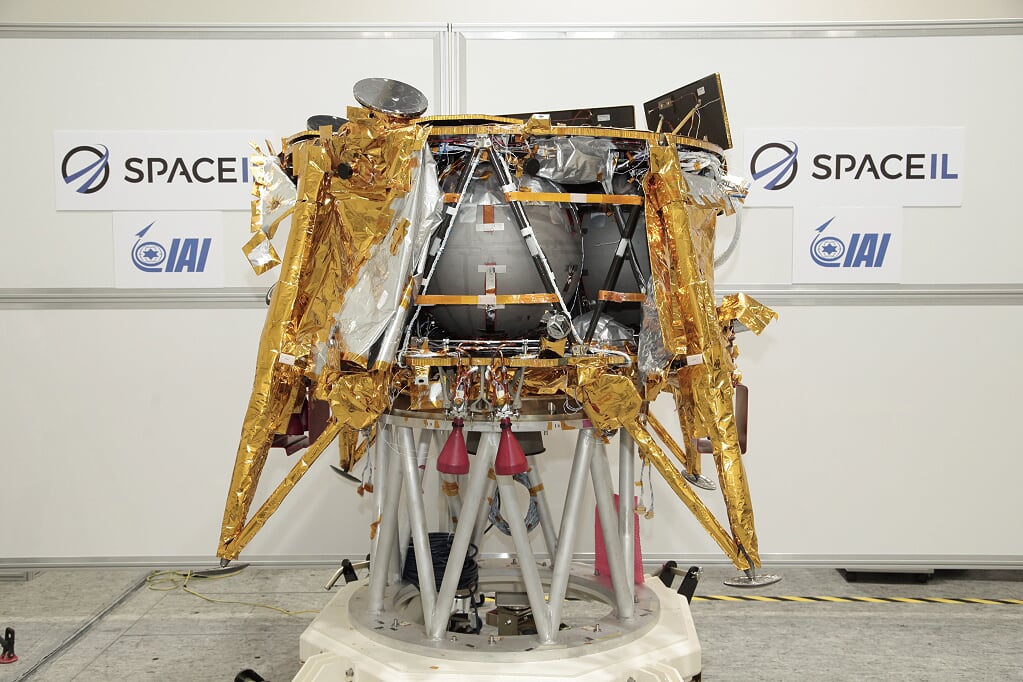
- the planned end of the mission: landing April 11, 2019, loss of communication with the device April 14, 2019;
- the trajectory of movement to the moon (in fact - the maximum of the possible): complex, changeable by performing a series of maneuvers (turning on the engines for a few seconds or even minutes) to increase the apogee of its elliptical upholstered after each turn around the Earth.
- the height of the Bereshit apparatus is about 1.5 meters, the diameter is 2 meters (2.3 meters between the landing supports);
- weight 530 kilograms with fuel (fuel weight - 380 kg), 150 kg without fuel;
- main engine: modification LEROS 2b;
- the main element of the on-board computer: Gaisler HiRel GR712RC dual-core processor;
- six 8-megapixel cameras Imperx Bobcat B3320C with Ruda optics;
- scientific instruments: magnetometer, an array of laser corner reflectors.

Fourth maneuver
Training:
On March 18, 2019, a new list of planned commands for performing the maneuver was loaded and checked into the on-board computer of the Bereshit device, which includes a special algorithm for activating certain software and hardware countermeasures in the event of a failure at any stage of the maneuver.
Also, SpaceIL engineers planned to organize an additional collection of telemetry data during the execution of this maneuver and take pictures with the onboard cameras of the maneuver process.

The Bereshit unit has begun preparations for the fourth maneuver (the signal from the unit is stable):

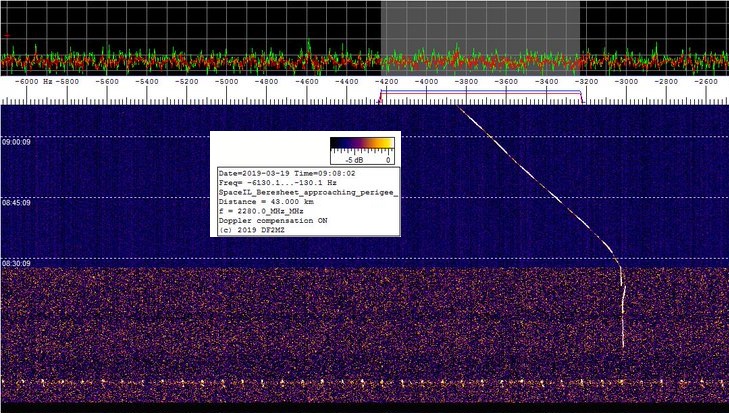
Maneuver performance:
The burn seems to end well. #Beresheet the moon now!March 19, 2019 (12:30 UTC. 14:30 Israel Time) Bereshit unit successfully completed the pre-final 60-second maneuver with engines and reached an orbit with an apogee of 405,000 kilometers, which should be enough for the next calculated jump from Earth’s orbit one of the most interesting maneuvers in this mission) and going further into lunar orbit.
The status of the Bereshit apparatus after analyzing the telemetry at the end of the fourth maneuver:
6:04 pm · 19 mar. 2019

Ahead of the Bereshit apparatus are a few more micromaneuvers for adjusting the trajectory, and on April 4, 2019, a jump into the lunar orbit.
The graph with the trajectories of the apparatus "Bereshit":
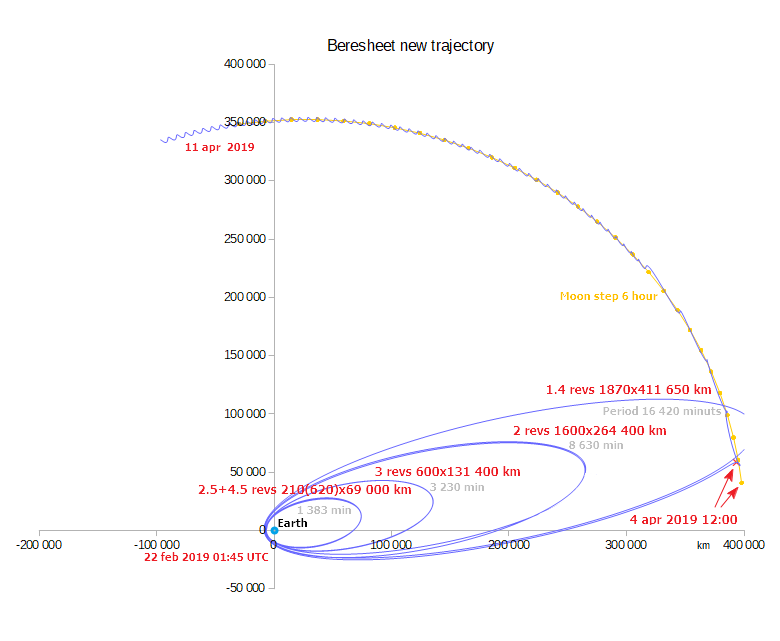
Maneuver table on March 19, 2019.

As can be seen from the table, 73 kilograms of fuel have already been spent, 307 kilograms left on the lunar maneuvers.
By the way, new facts about the equipment of the Bereshit device:
- The propulsion system is represented by a chemical rocket engine of the LEROS family (LEROS 2b). The fuel of the Bereshit apparatus is 380 kilograms of monomethylhydrazine, the oxidizing agent is a mixture of nitrogen oxides (MON). The same components use low thrust maneuvering engines. Fuel tanks are made to special order for the unit "Bereshit" in the United States.
- The communication system, which is installed on the Bereshit device, was originally developed by Space Micro (USA) for the NASA LADEE lunar probe, this communication system operates in the S-band.
Of course, many radio amateurs also track the radio broadcasts of the Bereshit device (at a frequency of 2280.0 MHz):
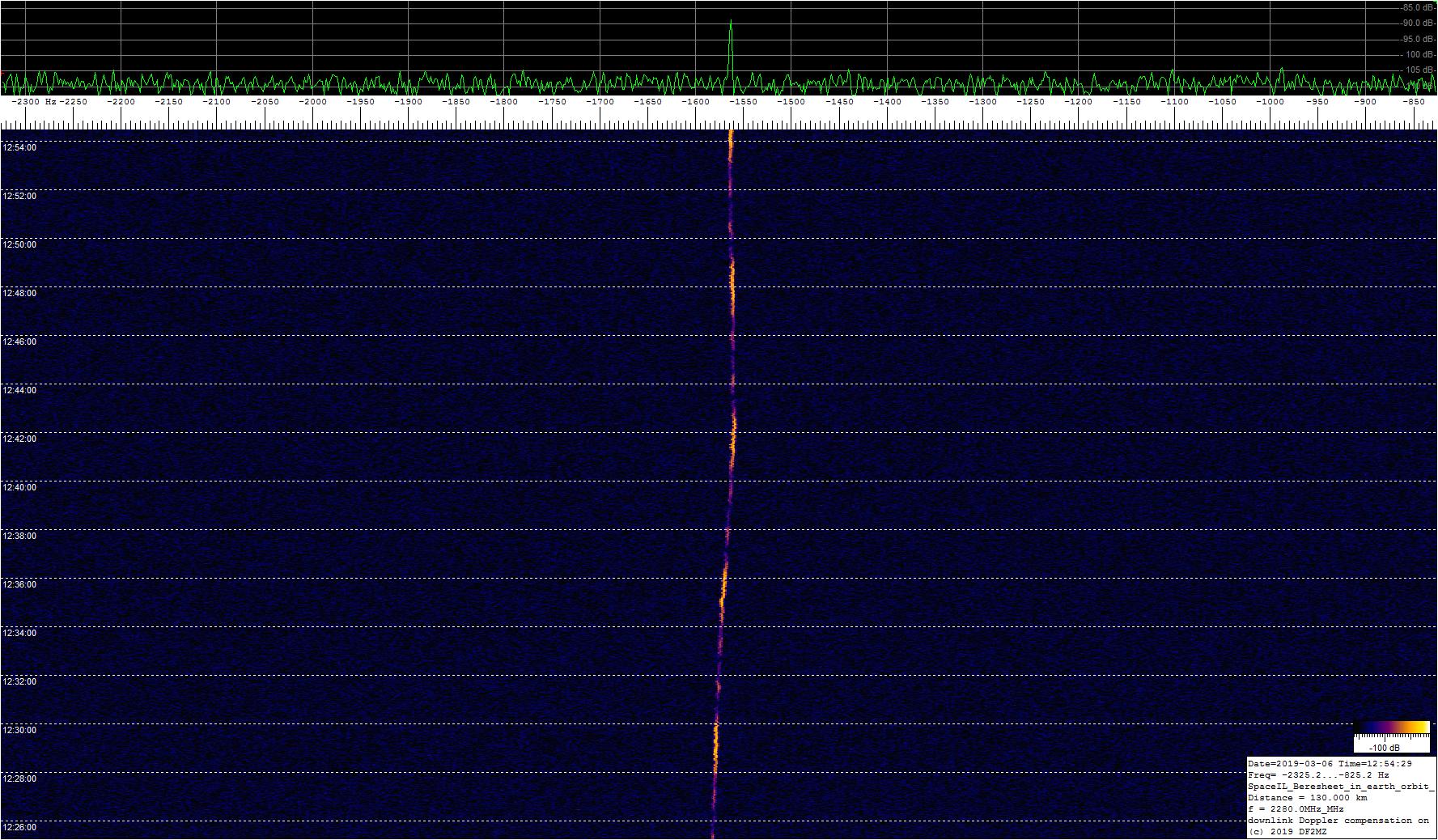
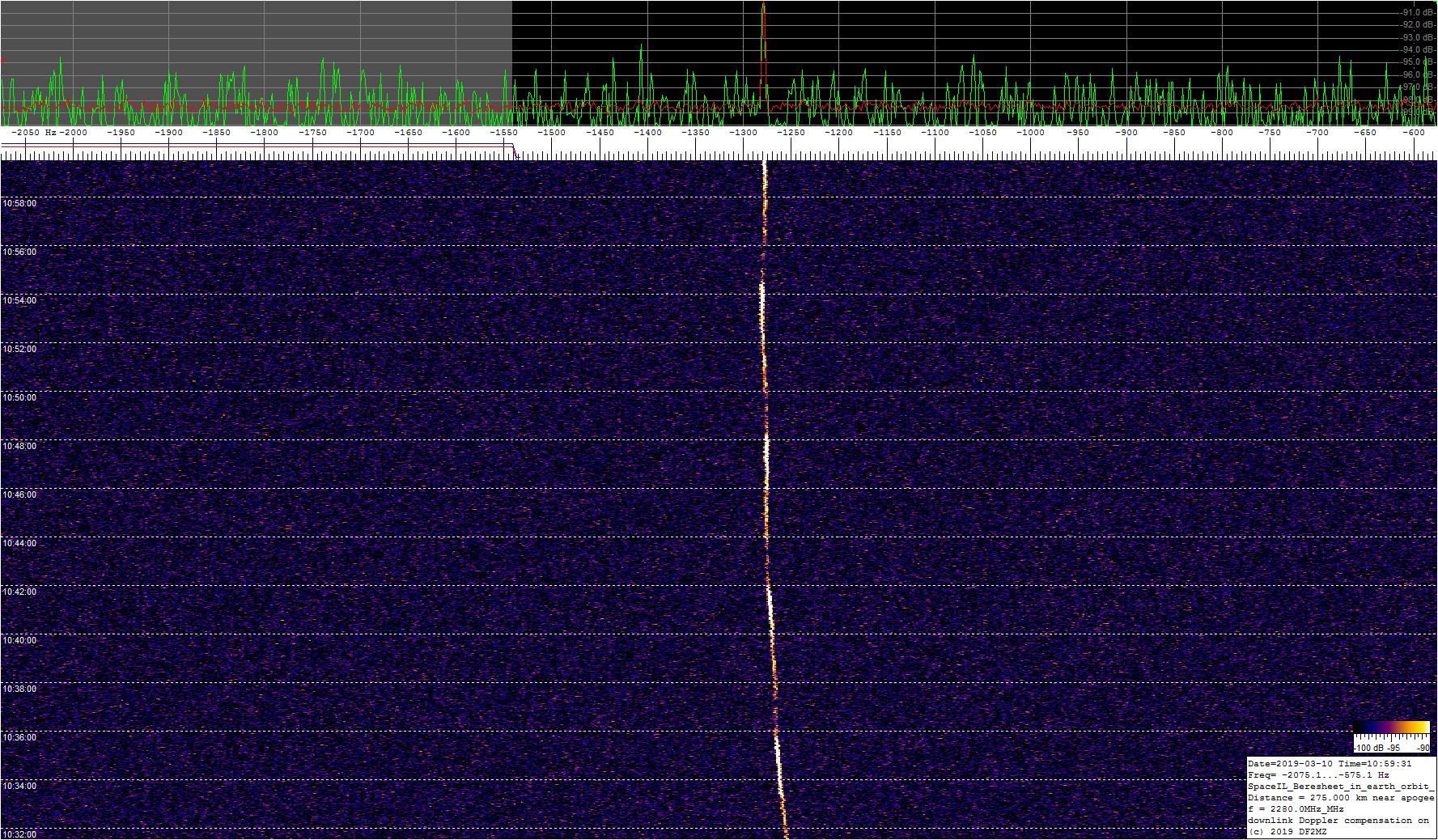
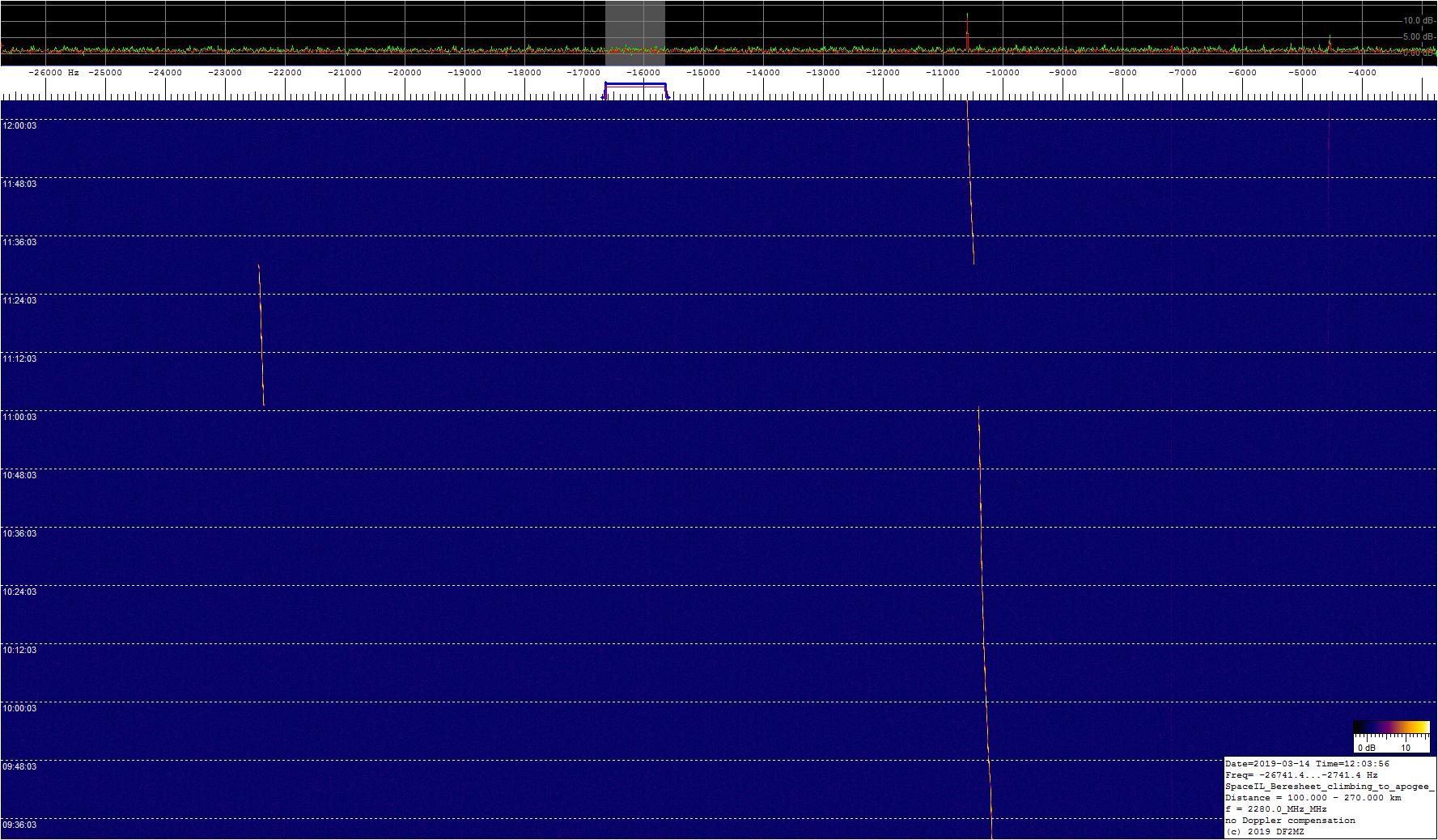
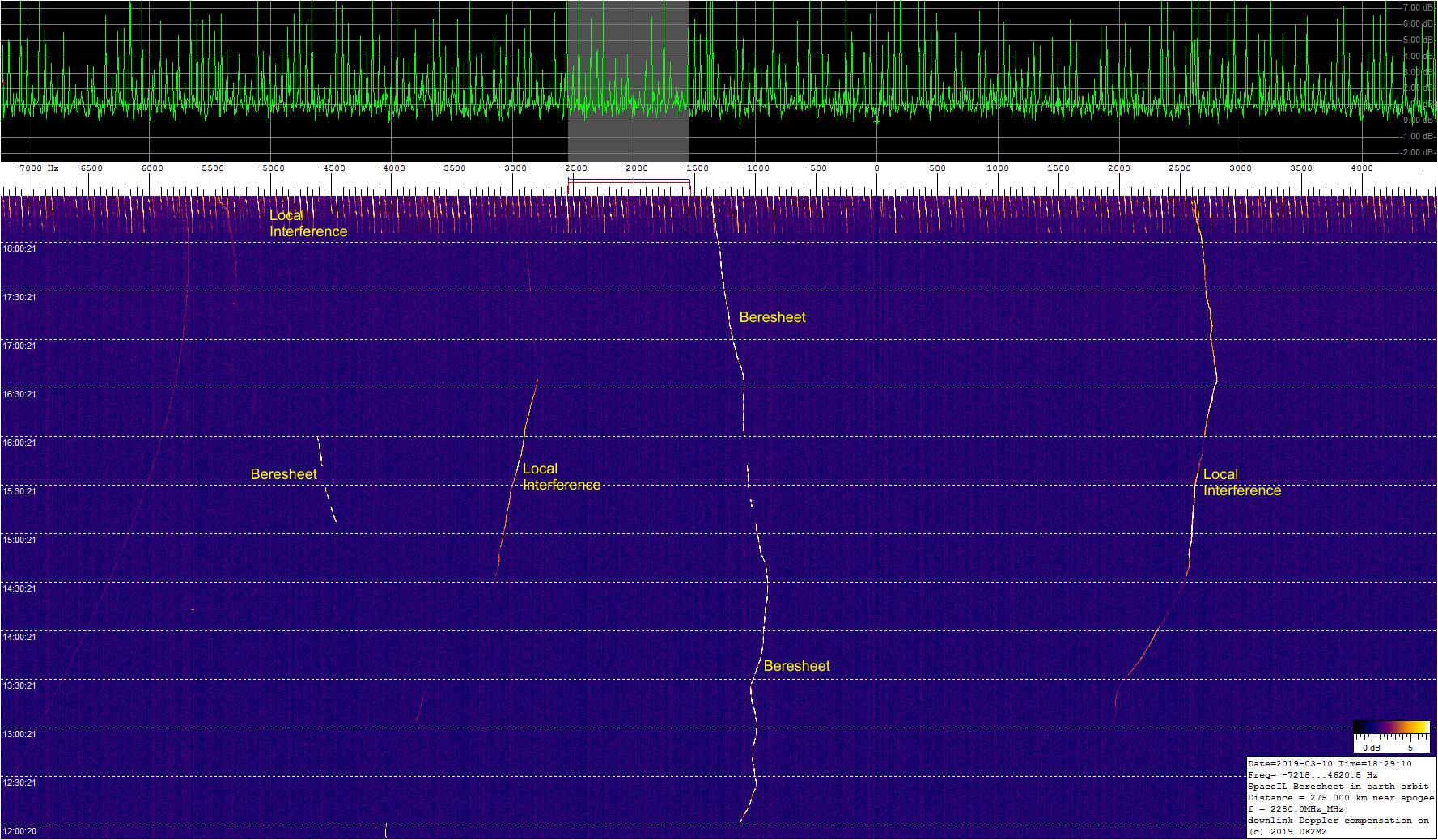
But what interesting information appeared in connection with the self-photo of the Bereshit device on the background of the Earth on March 3, 2019, which SpaceIL officially published on its Twitter account.
Here is a photograph of the Earth at the same time (when the camera of the Bereshit device took a picture), made using the DSCOVR (Deep Space Climate Observatory) apparatus for comparison of angles (distance 37600 km (Bereshit) and 1609344 km (DSCOVR) from the Earth ) and the type of surface (top left picture from DSCOVR):
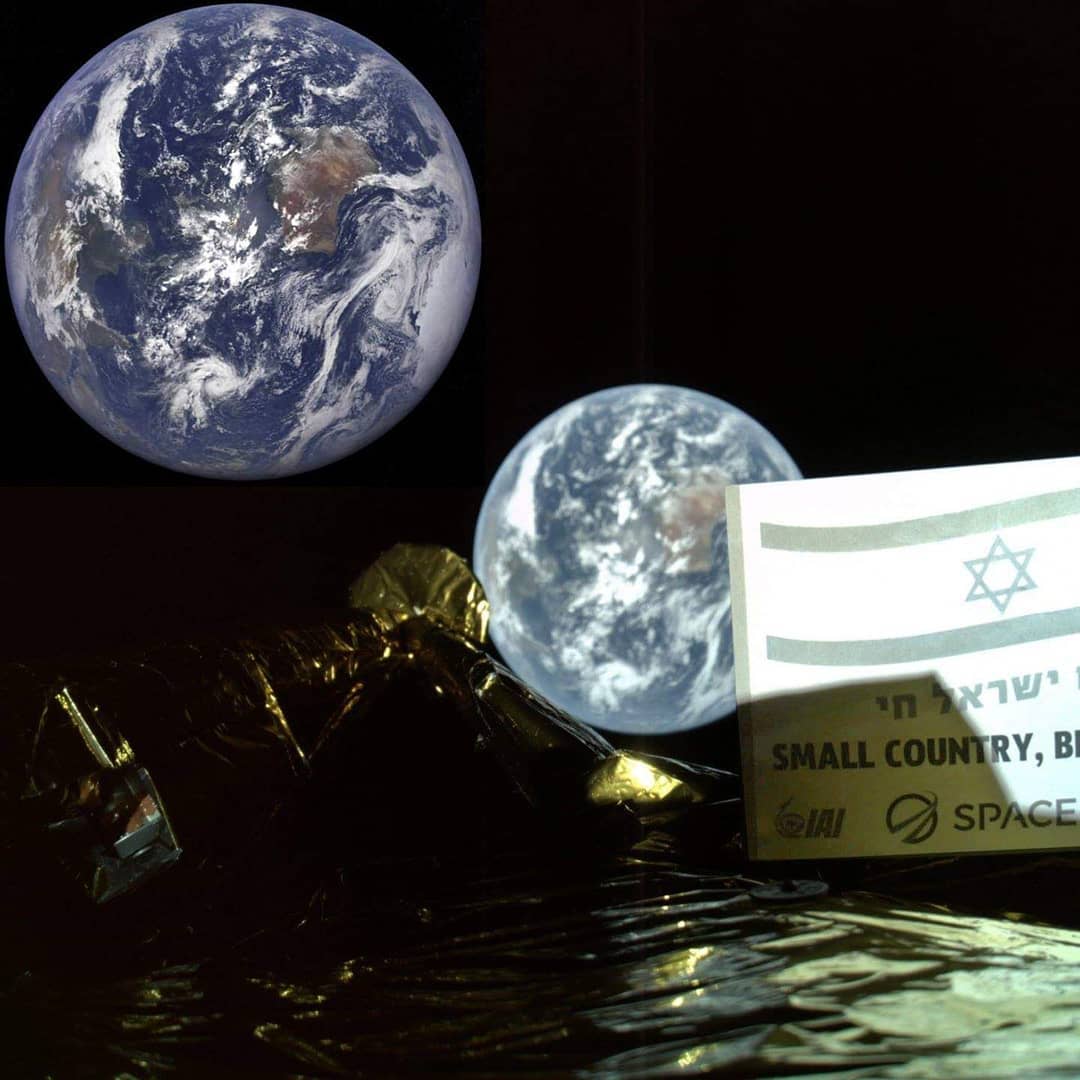
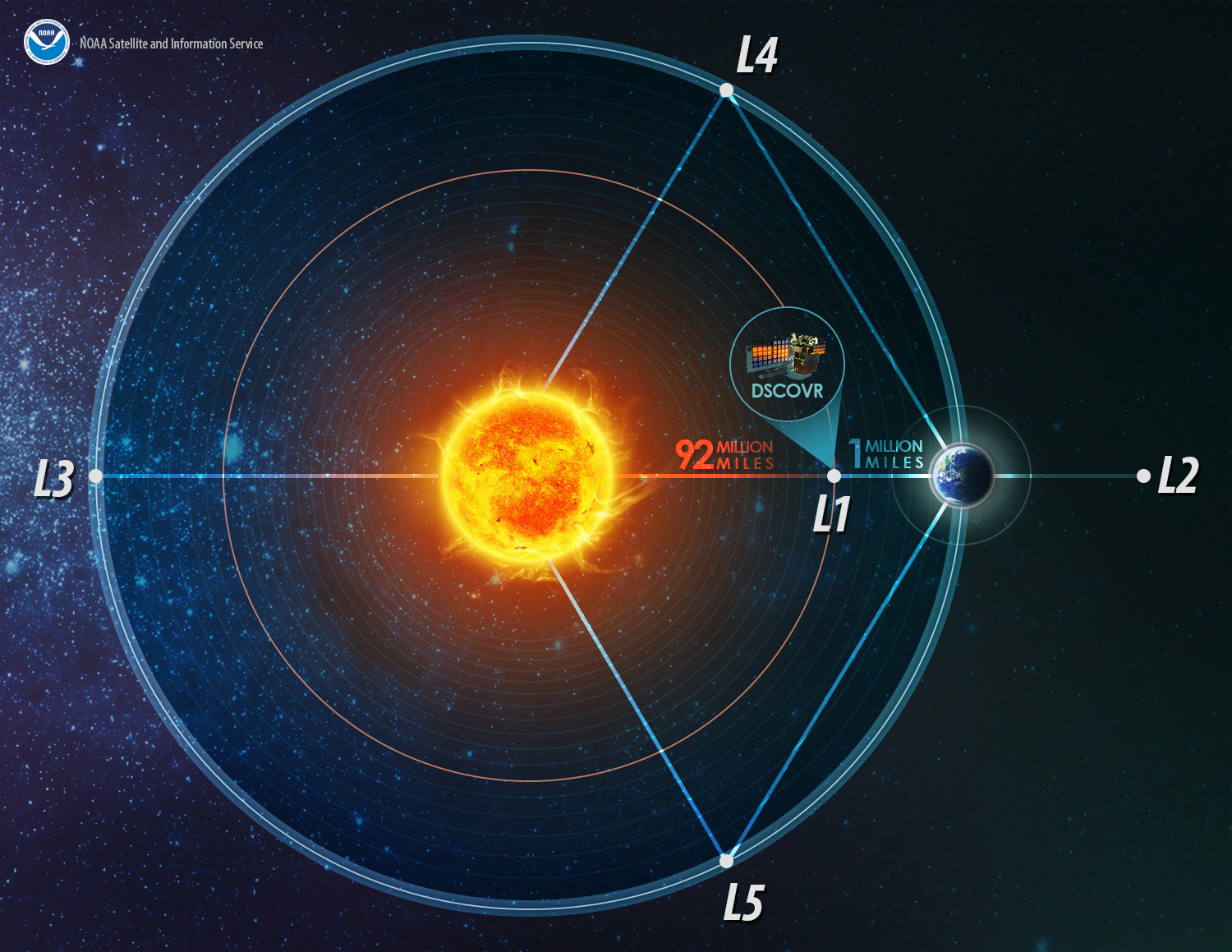
Testing equipment - about the magnetometer and the lunar anomaly
The SpaceIL Magnetometer magnetometer (SILMAG), which was developed and produced at the Weizmann Institute (Israel, Rehovot), is located on board the Bereshit spacecraft.
With the help of SILMAG, it is planned to conduct a series of measurements of the magnetic field of the Moon in the landing zone, with the magnetometer starting its work at an altitude of 600 km from the lunar surface and will continue to work until the moon landing.
27 days before landing, on March 16, 2019, in the open space, the SILMAG magnetometer was tested on the Bereshit device, which ended successfully and confirmed that the device is operating normally.
The planned landing site for the Bereshit vehicle is the northern part of the Sea of Clarity (Latin Mare Serenitatis). A “mascon” was discovered in this region - a large positive gravitational anomaly. It is expected that the magnetometer on the device "Bereshit" will allow a better understanding of the nature of this phenomenon.
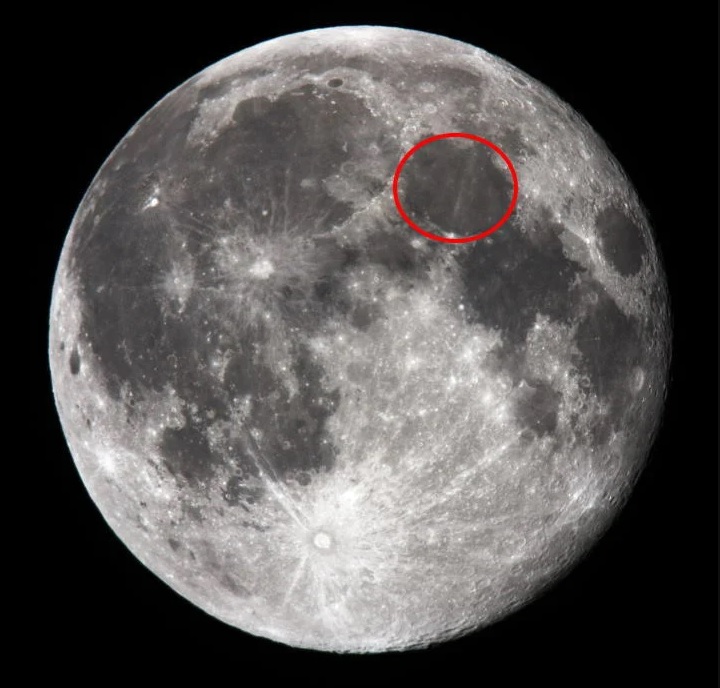
Why are the anomalies on the moon so interesting?
For example, in the northeastern part of the far side of the moon, a magnetic anomaly was detected, the diameter of which is 360 kilometers, and a 300-kilometer “belt” is formed around it, in which the solar wind moves faster and the flow of particles becomes denser.
The magnetic field in the center of the “bubble” is about 300 times weaker than the earth's above the equator. Thus, scientists believe, it is possible to analyze data on such anomalies, and then using certain calculations to find areas protected from solar radiation on the surface of the Moon that can be used to house lunar bases and conduct additional long-term scientific research.
About the place and time of landing on the moon
Slightly reminded this case:
- There is a task - you need to fly to the sun.
- But it's hot there and we will burn !?
- Then fly at night!
Only here the situation is:
The Bereshit device has no thermal protection and cooling systems, the estimated operating time on the surface of the Moon is about two days (three days maximum), then its electronics and batteries will fail due to overheating, communication with the device will be lost, and it will become new lunar monument in the Sea of Clarity, near the Lunokhod-2 (Luna-21 mission) and modules of the Apollo-17 mission.
The date April 11, 2019 is chosen based on the fact that on the surface of the moon in the landing zone at this time will be sunny, but not hot. But the temperature on the lunar surface reaches + 127 ° C, depending on the degree of illumination.
Thus, the Bereshit apparatus should land in the northern part of the Sea of Clarity 48 hours after dawn in this region, when the temperature will be relatively small.
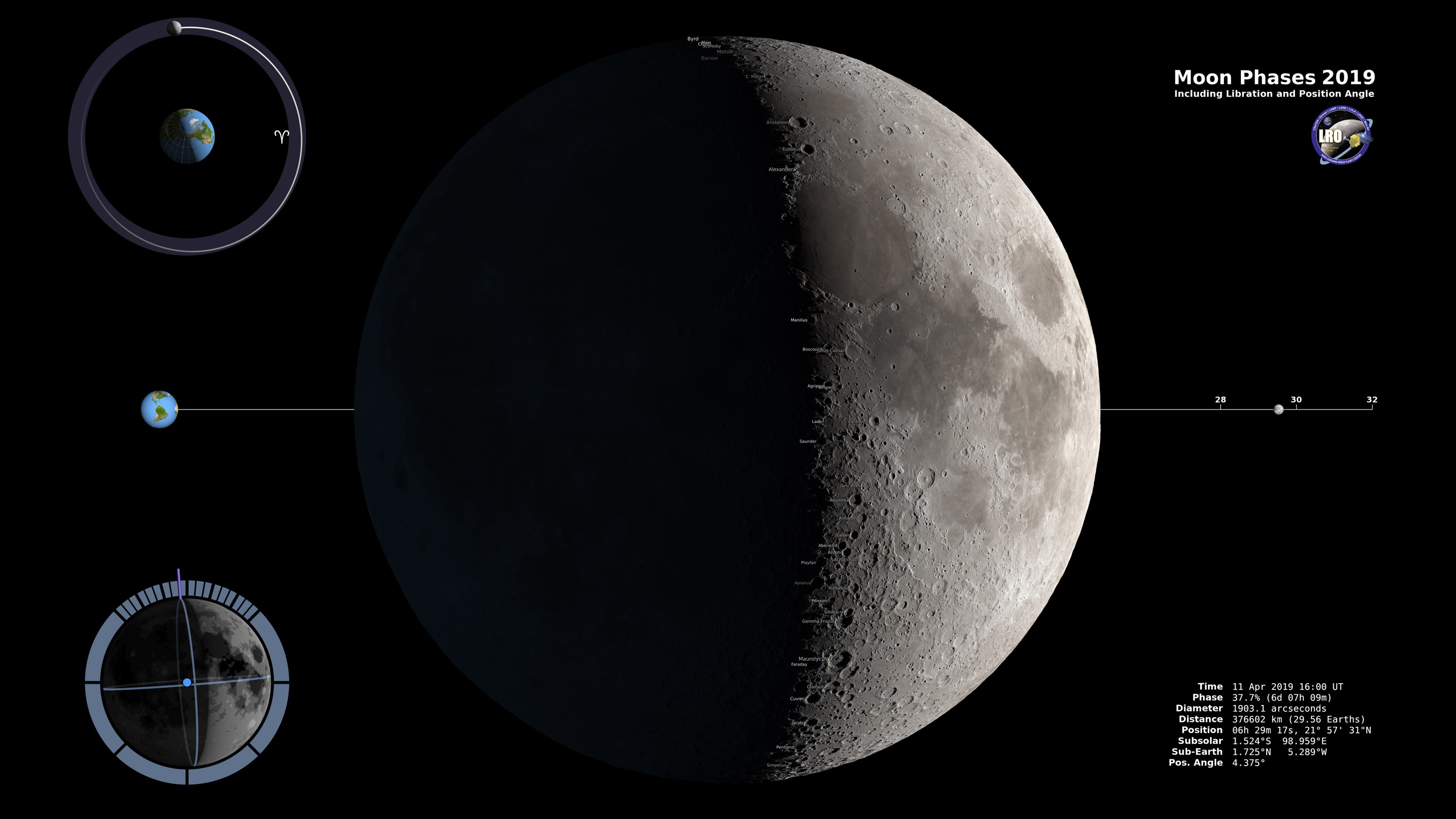
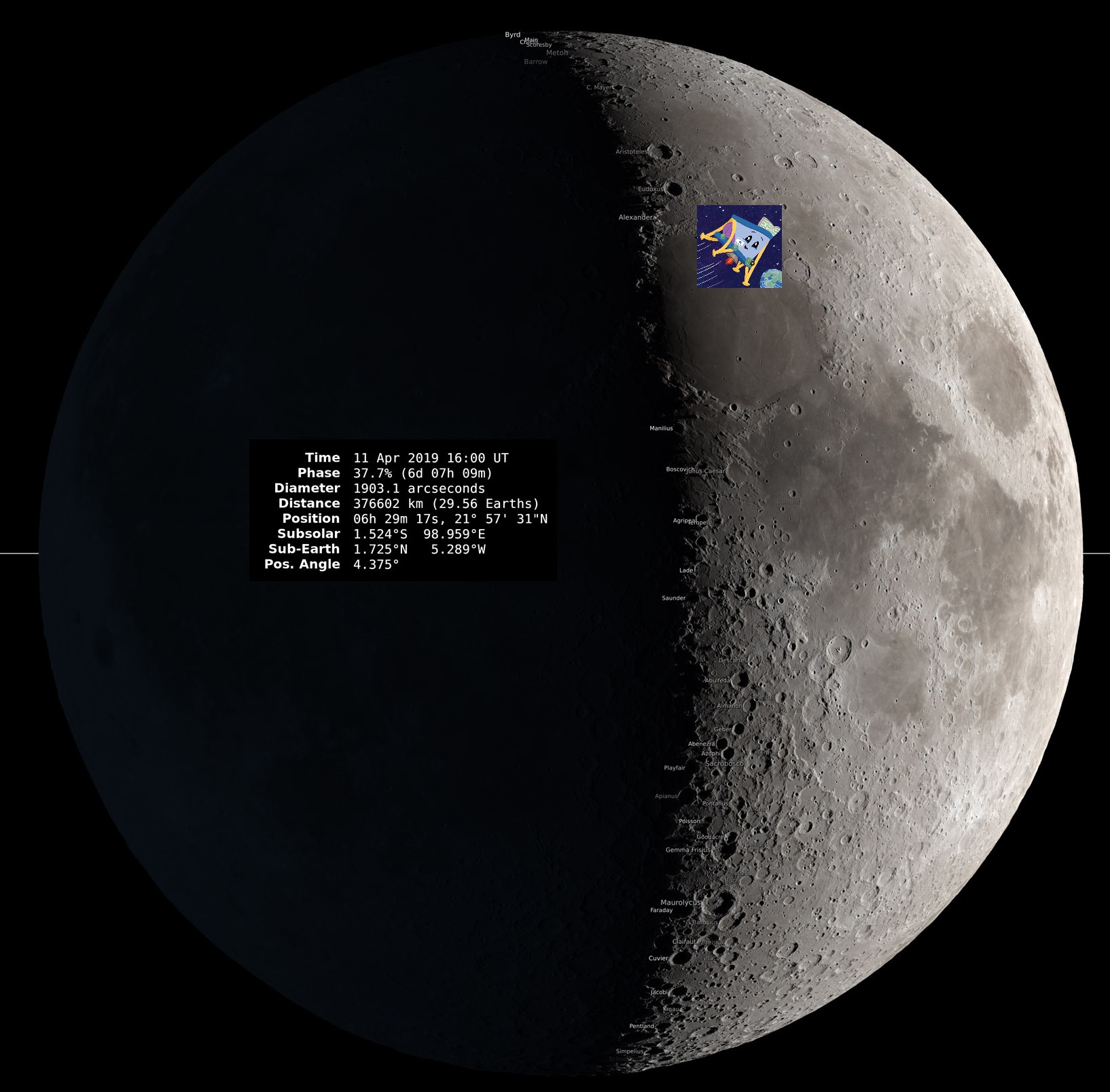
Interesting information about the name of the landing site:
The names of the seas on the moon were given by the Italian astronomer Giovanni Richcioli (1598-1671), according to the sketches of which F. Grimaldi engraved the map in 1647.
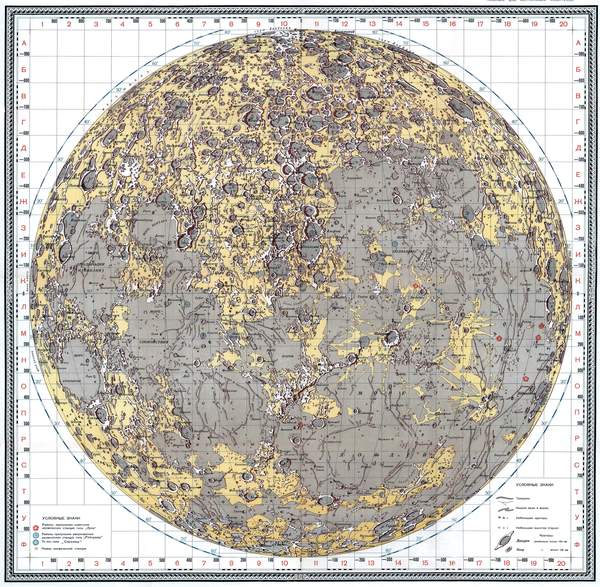
Looking at the map, you can see that the names of the seas are not randomly distributed. In the eastern part of the visible hemisphere, the Sea of Clarity, the Sea of Tranquility, the Sea of Plenty, the Sea of Nectar are located, while the western one - the Ocean of Storms, the Sea of Rains, the Sea of Clouds, the Sea of Humidity.
In the middle of the XVII century. believed that the weather on Earth varies depending on the phases of the moon. As can be seen from the names of the seas, the Moon in the first quarter, when the eastern part of the disk is visible, serves as a harbinger of clear weather, and in the last quarter - inclement. You can check for yourself if there is such a connection if you record data on the weather and phases of the moon for a year.

Looking at the map, you can see that the names of the seas are not randomly distributed. In the eastern part of the visible hemisphere, the Sea of Clarity, the Sea of Tranquility, the Sea of Plenty, the Sea of Nectar are located, while the western one - the Ocean of Storms, the Sea of Rains, the Sea of Clouds, the Sea of Humidity.
In the middle of the XVII century. believed that the weather on Earth varies depending on the phases of the moon. As can be seen from the names of the seas, the Moon in the first quarter, when the eastern part of the disk is visible, serves as a harbinger of clear weather, and in the last quarter - inclement. You can check for yourself if there is such a connection if you record data on the weather and phases of the moon for a year.
When landing, the on-board computer of the Bereshit device will automatically find the most suitable safe landing area (the restriction is still there: the planned landing area is 30 square kilometers).
With the help of engines, the Bereshit device will reduce its speed (from 6000 km / h to 0), after which, at a height of five meters above the surface of the Moon, the engines will be completely disconnected.
Further, the Bereshit device will begin a slow free fall on the lunar surface, followed by touching. If everything goes smoothly, then at this moment the Bereshit device will become the first private spacecraft on the Moon.
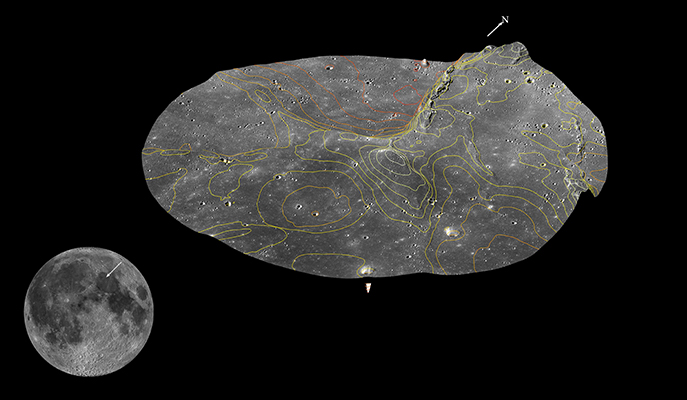
The planned landing site of the Bereshit vehicle is located in this area of the lunar surface:
Why did you choose a place for landing exactly in the Sea of Clarity?
Criteria for selecting a site for planting apparatus "Bereshit":
- a large safe area in the landing zone with the ability to maneuver as needed while descending and landing the first time;
- site with a relatively small number of craters, detached stones or steep slopes in the landing zone;
- the presence of magnetic anomalies in the landing zone for the use of a magnetometer.
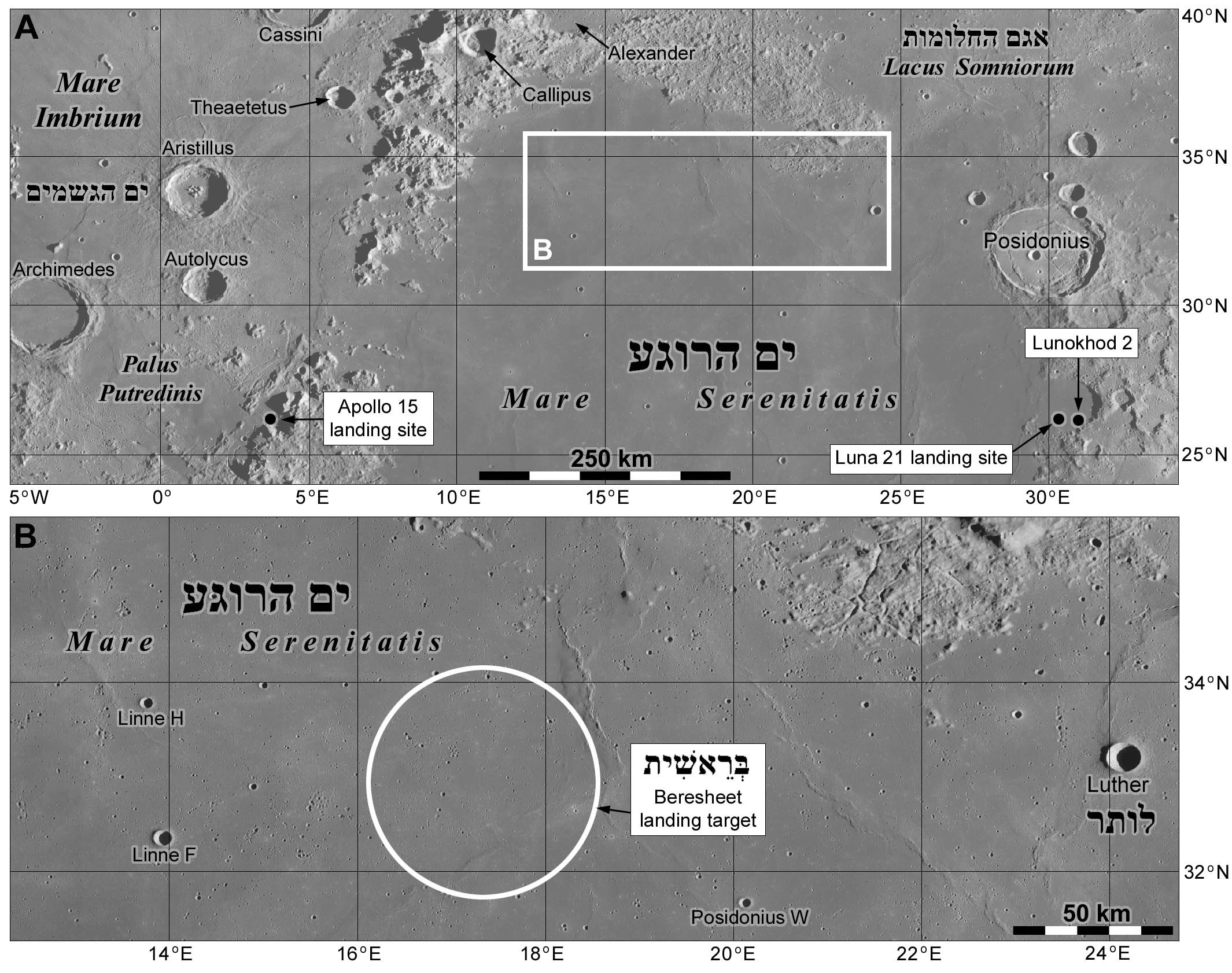
It turns out to actually land in this planned zone - we still know this in 23 days, but if there are corrections, it is only because of the actual decision-making by the Bereshit device already in the process of performing the landing procedure.
Photo of the prototype of the first version of the Bereshit device (this model is different from the real one, which is now in space)
In one of the halls of the Ben-Gurion Airport (Tel-Aviv, Israel) a very beautiful copy of the first prototype of the Bereshit device is exhibited.
Here is a picture with the designation of the elements of the apparatus:

And the device itself for comparison:
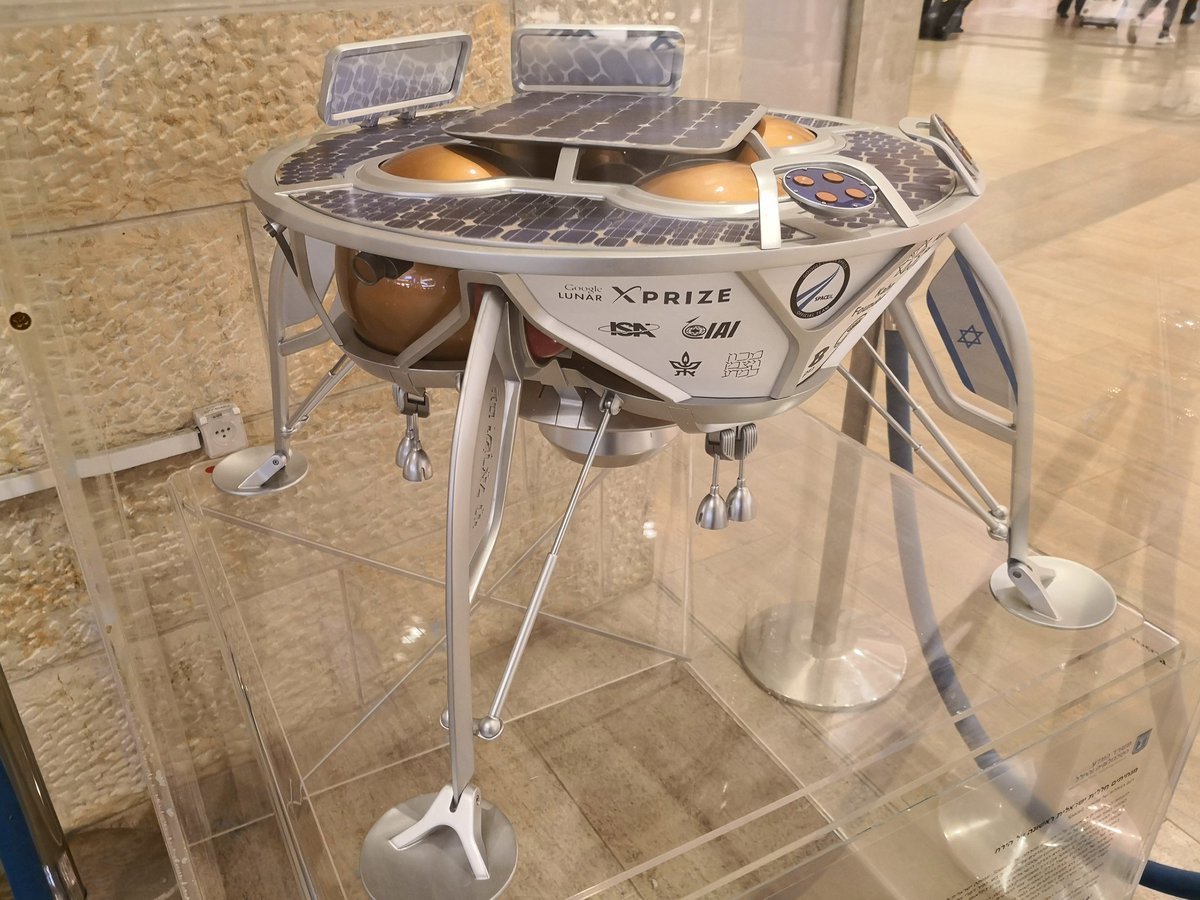

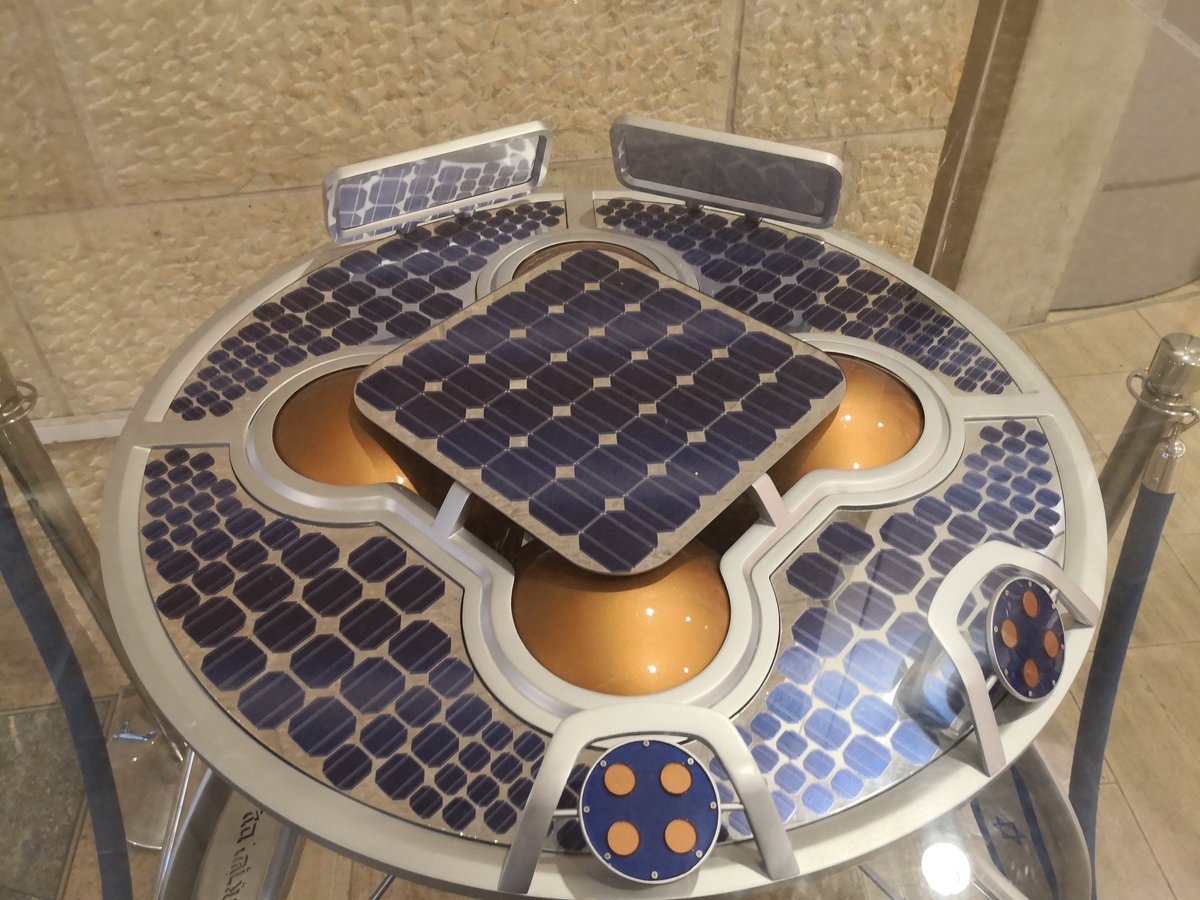
In reality, the Bereshit device is as follows:
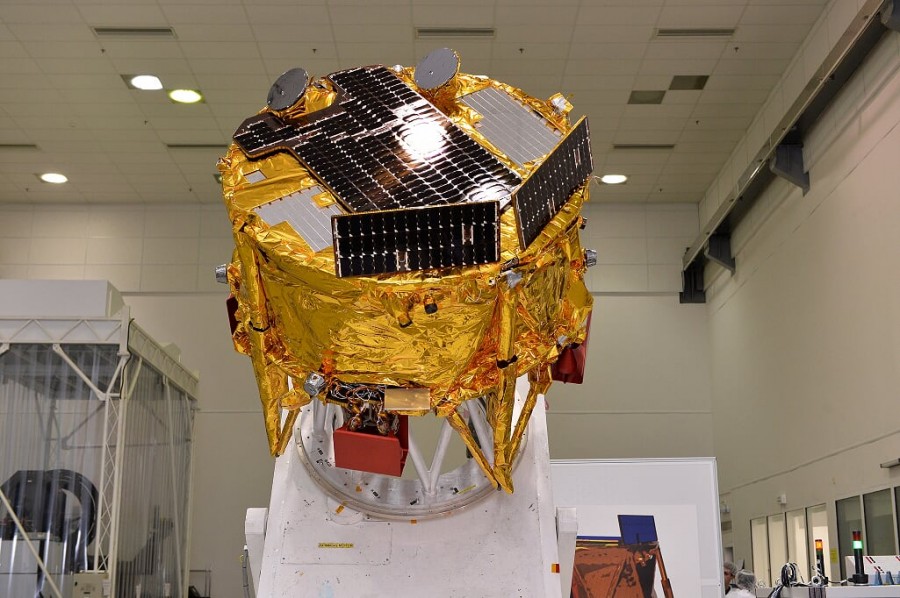
Do not forget to follow the mission "Bereshit" with:
- online resource with a simulator and real-time data on the current state of the mission “Bereshit”;

- NASA online simulator " Eyes on the Solar System ".
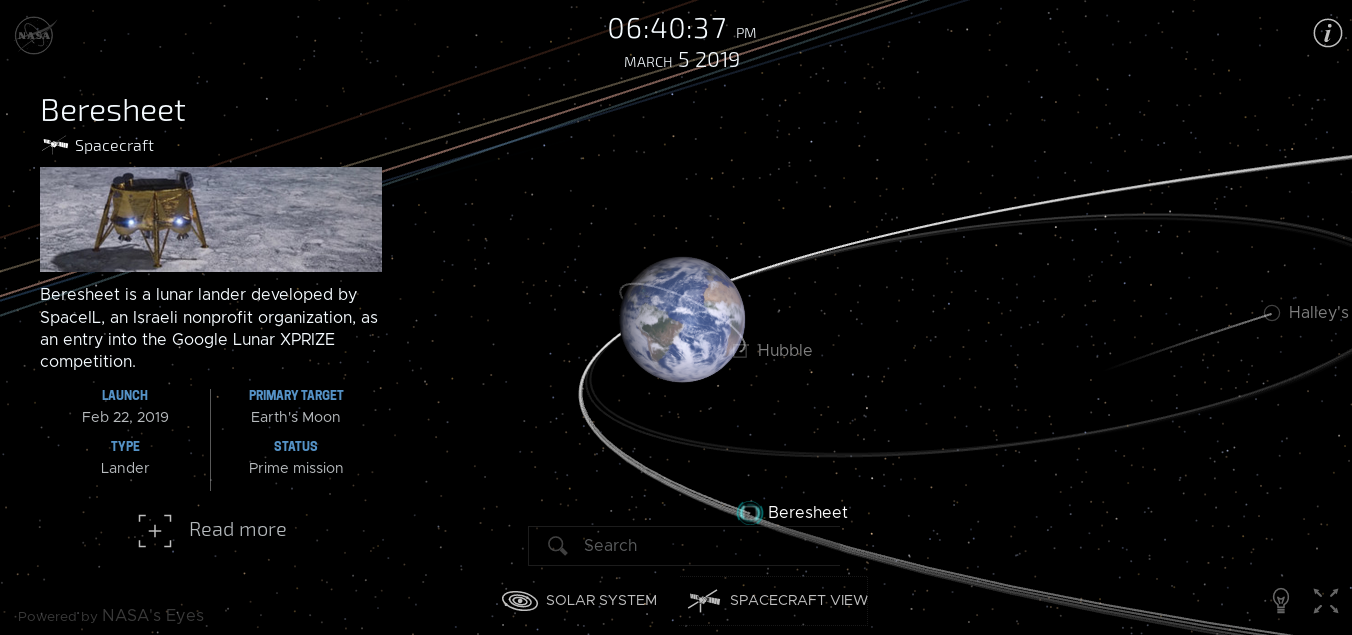
Source: https://habr.com/ru/post/444386/
All Articles
